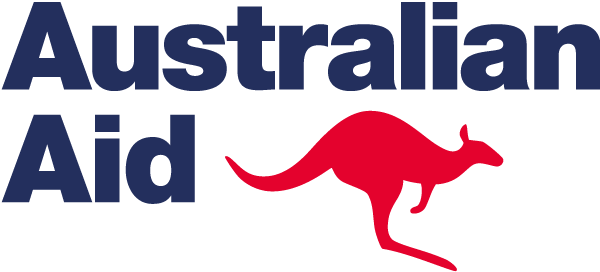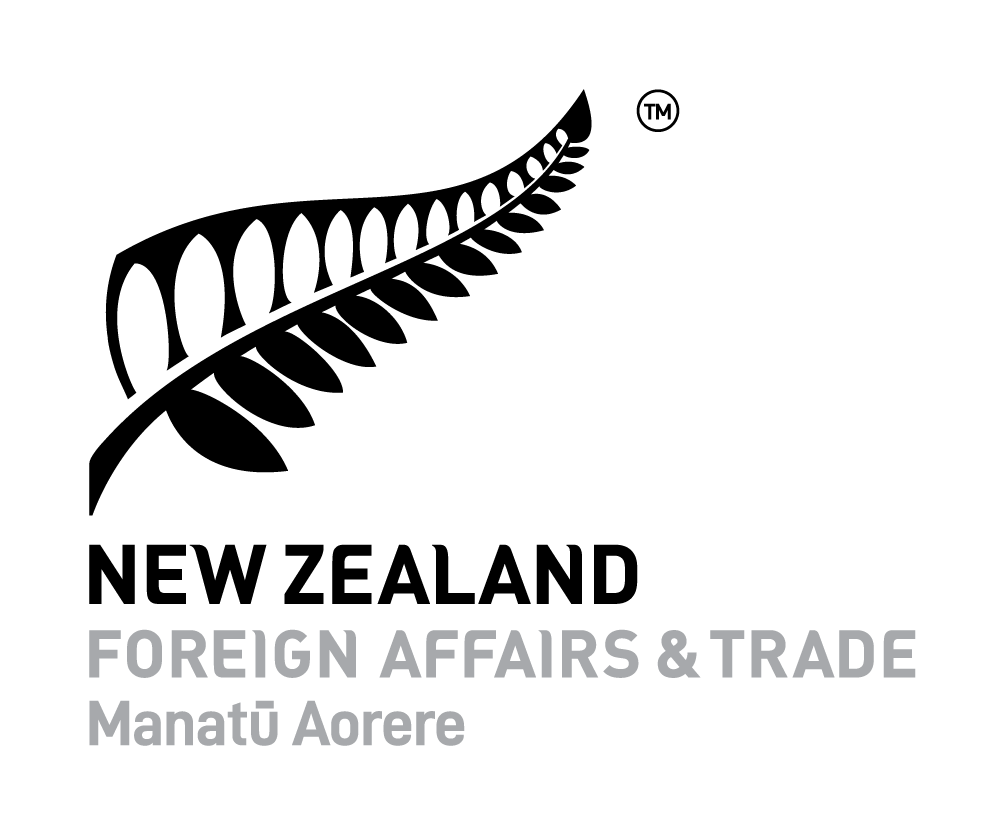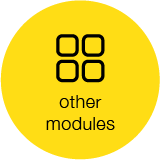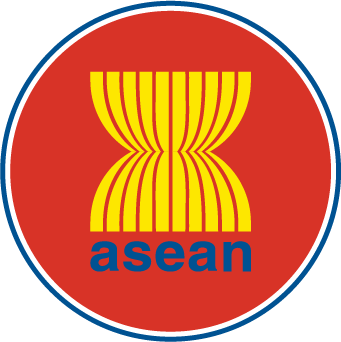
for the Implementation of International Standards
related to Sanitary and Phytosanitary (SPS) Measures


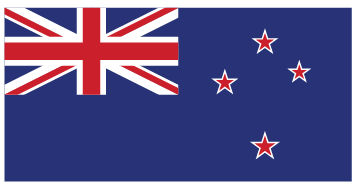
ECONOMIC COOPERATION SUPPORT PROGRAMME (AECSP)
Disclaimer
This e-learning module has been developed for the teaching purposes and material contained in it is of general nature.
It is not intended to be relied upon as legal advice and the concepts and comments may not be applicable in all circumtances.



ECONOMIC COOPERATION SUPPORT PROGRAMME (AECSP)
Management
We constantly manage the risks:
We go to a pedestrian crossing when we want to cross the road.
We place our fingers far away from the head of the nail or we use a separate tool to hold the nail while we are hammering.
We go to the market that has a good reputation for selling fresh products.
In such modern food safety systems, we need…
A way to understand, measure and describe the risks that we are confronted with.
A coordinated approach of using control measures to mitigate identified risks.
A way to communicate to each other about these risks to learn what is and what is not risky and what we can do about them.
The combination of these three is called risk analysis.
Risk assessors, risk managers, and risk communicators need to work together closely, but it is important that the functions are clearly separated.
For example, while a risk assessor should understand, measure and describe a food safety risk from a purely scientific and data-driven approach, a risk manager may consider policy priorities or stakeholder interests in addition to the results of a risk assessment when deciding on the appropriate control measures.
Hazard
A hazard is a biological, chemical or physical agent of, or condition of, food with the potential to cause an adverse health effect.
A hazard can be essential to maintain human health, but at the same time cause health problems at very low or very high level of intake.
For example: iodine is an essential micronutrient, but both insufficient and excessive intake can lead to health problems.
Food safety risk assessment is an important tool to facilitate trade, both when importing and when exporting food commodities, and for domestic production
The Sanitary and Phytosanitary Measures Agreement (The SPS Agreement) requires that risk management measures for trade are based on the results of a risk assessment.
A food safety risk assessment can help us identify where the weakness in our control systems along the value chain of a specific commodity are, so that we can address them better.
A food safety risk assessment can help us prioritise where we should focus our attention first when working to improve food safety.
A food safety risk assessment can help us to determine how important a newly identified issue is for public health.
Importation
Examples of questions for risk assessment in relation to import could be:
- What is the probability that tea imported from country A is contaminated with residues of any type of pesticides?
- What is the public health impact in your country as a result of consumption of imported fish contaminated with heavy metals?
Exportation
Examples of questions for risk assessment in relation to export could be:
- How likely is it that peanuts produced in my country and destined for export are contaminated with aflatoxins?
- What is the probability that bacterial contamination on chicken products destined for exportation exceed the acceptable threshold level defined by the importing country?
Domestic trade
Examples of questions for risk assessment in relation to domestic trade could be:
- What is the probability that existing control mechanisms along the production chain for papaya’s fail to detect levels of fungicides exceeding the legal thresholds?
- What is the national public health impact of consumers consuming dairy products that were not properly pasteurised?
A food safety risk assessment should be based on science.
A food safety risk assessment should be based on facts and figures, published reports, scientific studies, inspection, and surveillance results, etc.
Risk assessors should be independent in their work, not influenced by e.g political preferences or industry interests.
The report of a food safety risk assessment should list all sources of information and data to increase transparency and allows reviewers and interested parties to understand how the risk assessors reached their conclusion.
Processing
A new potential source of contamination occurs at further processing, e.g if equipment is not properly cleaned and disinfected. At the same time, certain processing steps such as cooking can eliminate bacteria.
Important data include which processing steps are taken, their potential for reducing or eliminating contamination, hygiene measures to avoid new contamination, and the prevalence of contaminated products at the end of processing.
Retail
Conditions at retail play an important role at preventing, or promoting bacterial growth. Retail may also offer a new source contamination if products are not handled adequately.
Therefore, important data for risk assessment include the conditions at retail and the prevalence of contaminated poultry products at retail.
Home consumption
Finally, the consumer is playing an important role. Adequate home storage, adequate cooking processes, and also adequate kitchen hygiene principles all influence the probability of the consumer ingesting live Salmonella bacteria.
Data are typically very difficult to find at this level, because they are not systematically collected. Data on reported Salmonellosis in humans can be used as part of the risk assessment.
It is important to recognise the difference between surveillance and risk assessment.
A surveillance system will provide data on the frequency of occurrence of a defined hazard over time, in a certain geographical are and in selected commodities.
A risk assessment combines surveillance data with information about the relevance of this hazard for public health and the quantity and frequency of exposure of the consumers to the hazard.
A surveillance system determines the prevalence and level of pesticide residues of fresh produce. A risk assessment combine this information with data on the daily or cumulative intake of the fresh produce by consumers and with data on known adverse health effects on pesticide intake to determine the overall health risk for consumers.
A food safety risk assessment can be used to:
- better understand a food system: where are its strengths for ensuring food safety, where are its weaknesses.
- determine the impact on public health of a specific food safety hazard.
- compare the impact on food safety of different proposed control measures.
- determine the equivalence of different food safety system between countries.
A surveillance system provides data on the frequency of occurrence of a defined hazard over time, in a certain geographical area in a selected commodities.
A risk assessment combines surveillance data with information about the relevance of this hazard for public health and the quantity and frequency of exposure of the consumers to the hazard.
For example: A surveillance system determines the prevalence and level of pesticide residues of fresh produce. A risk assessment combine this information with data on the daily or cumulative intake of the fresh produce by consumers and with data on known adverse health effects on pesticide intake to determine the overall health risk for consumers.
Select the official definitions of Codex Alimentarius for risk assessment, risk management and risk communication with the appropriate words.
…is a scientifically based process consisting of the following steps: hazard identification, hazard characterisation, exposure assessment and risk characterisation. More information in the next module.
…is a process, distinct from risk assessment, of weighing policy alternatives, in consultation with all interested parties, considering risk assessment and other factors relevant for the health protection of consumers and for the promotion of fair trade practices, and, if needed, selecting appropriate prevention and control options.
…is the interactive exchange of information and opinions through the risk analysis process concerning risk, risk-related factors and risk perceptions, among risk assessors, risk managers. Consumers, industry, the academic community and other interested parties, including the explanation of risk assessment findings and the basis of risk management decisions.
For each of the following scenarios, decide whether it describes risk assessment, risk management, risk communication or surveillance.
Laboratory analysis of water samples have shown that the level of arsenic in ground water exceeds the legal threshold. The responsible authority closes the affected well.
Laboratory results have shown that tea leaves are often contaminated with pesticide residues, although the level of contamination is below the legal threshold. It is now determined what the health consequences are of long-term consumption of tea made of contaminated leaves.
A brochure is published and distributed to inform pregnant women to limit their consumption of fish to reduce intake of heavy metals.
From each batch of chicken delivered to the slaughterhouse, five samples are taken and tested for Salmonella spp to understand the development of Salmonella contamination in poultry production.
There are two different slaughterhouses. In the first one, pigs are eviscerated on the ground and water in buckets is used to rinse the carcasses. In the second one, pigs are eviscerated while hanging on a hook and a water hose is used to rinse the carcasses. A study is conducted to compare differences in bacterial contamination of the carcasses between the two slaughterhouses.



ECONOMIC COOPERATION SUPPORT PROGRAMME (AECSP)

